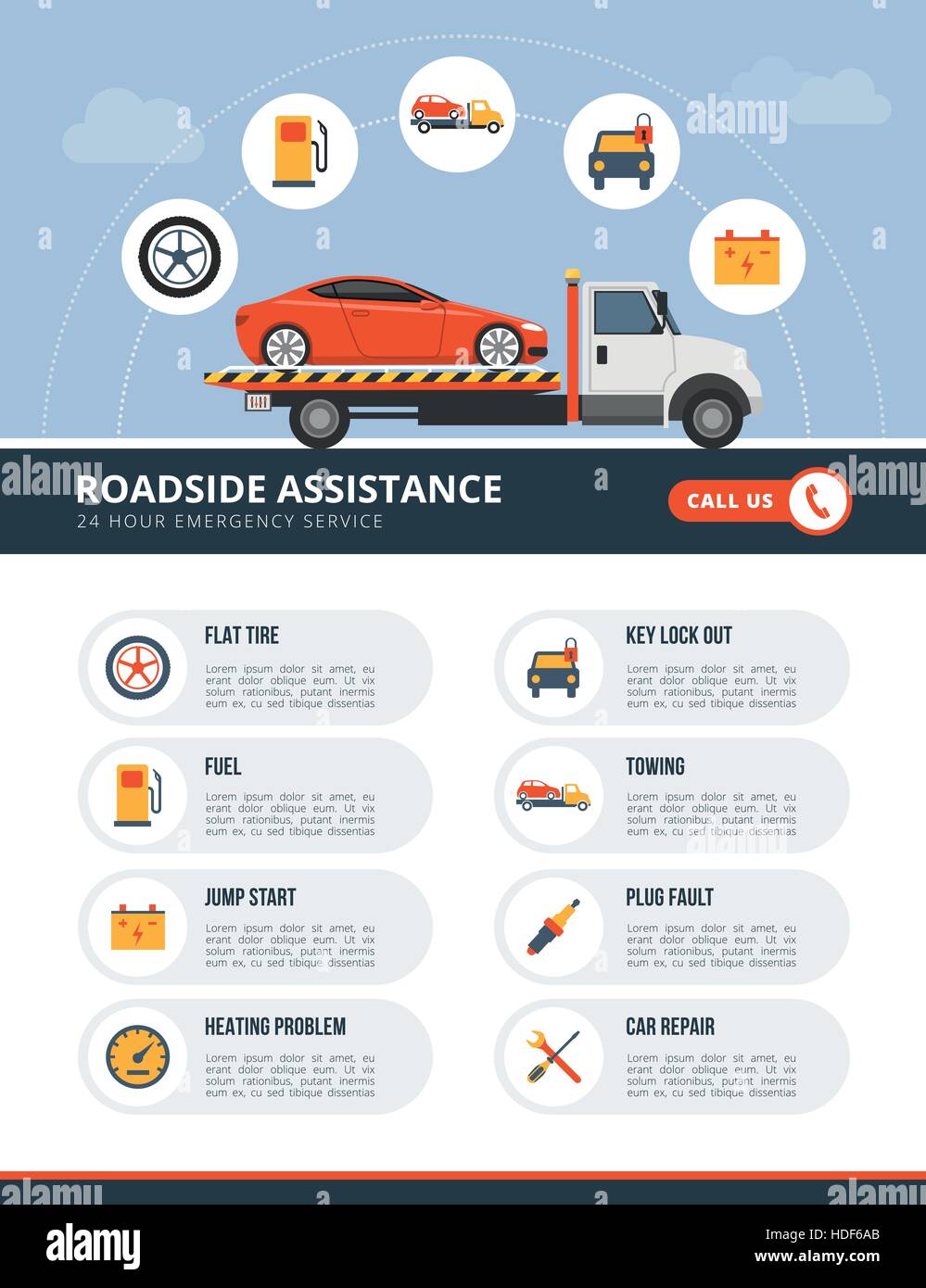Decoding Your Automobile'S Caution Indicators: What They Absolutely Signify
Decoding Your Automobile'S Caution Indicators: What They Absolutely Signify
Blog Article
Material By-Higgins Torres
When you lag the wheel, those radiant caution lights on your dashboard can be a little bit perplexing. Do you recognize what they're trying to inform you about your vehicle's health? Comprehending the relevance of these lights is essential for your security and the long life of your car. So, the next time one of those lights appears, wouldn't you want to analyze its message precisely and take the necessary steps to resolve it?
Common Caution Lighting and Interpretations
Recognize typical caution lights in your auto and recognize their meanings to guarantee safe driving.
One of the most typical warning lights include the check engine light, which signals issues with the engine or discharges system. If this light begins, it's important to have your car checked immediately.
The oil stress cautioning light shows reduced oil pressure, needing immediate interest to prevent engine damage.
A flashing battery light might recommend a defective billing system, potentially leaving you stranded otherwise resolved.
The tire pressure surveillance system (TPMS) light notifies you to reduced tire stress, affecting vehicle security and gas effectiveness. Neglecting this might result in hazardous driving problems.
The abdominal muscle light indicates a trouble with the anti-lock braking system, compromising your capacity to stop rapidly in emergencies.
Last but not least, the coolant temperature alerting light warns of engine overheating, which can result in serious damage if not dealt with quickly.
Understanding these common warning lights will certainly help you address problems without delay and preserve risk-free driving problems.
Importance of Prompt Attention
Recognizing the common caution lights in your car is just the first step; the relevance of immediately addressing these cautions can not be stressed sufficient to ensure your safety and security when driving.
When a warning light brightens on your dashboard, it's your cars and truck's means of communicating a prospective concern that needs attention. Neglecting these warnings can cause extra extreme issues in the future, compromising your safety and potentially costing you extra in repairs.
Motivate attention to advising lights can stop breakdowns and accidents. For helpful resources , a blinking check engine light can show a misfire that, if left neglected, might cause damage to the catalytic converter. Addressing this without delay can conserve you from an expensive repair work.
Similarly, a brake system cautioning light could indicate reduced brake fluid or worn brake pads, critical components for your safety when driving.
Do It Yourself Troubleshooting Tips
If you discover a warning light on your control panel, there are a few do it yourself troubleshooting tips you can attempt before looking for professional help.
The primary step is to consult your auto's manual to recognize what the specific warning light indicates. In some cases the concern can be as easy as a loose gas cap activating the check engine light. Tightening up the gas cap may solve the issue.
Another common problem is a low battery, which can activate different advising lights. Inspecting the battery links for corrosion and ensuring they're safe may repair the problem.
If a caution light lingers, you can attempt resetting it by detaching the cars and truck's battery for a few mins and then reconnecting it. Additionally, checking car interior shampoo service , such as oil, coolant, and brake fluid, can help fix advising lights connected to these systems.
Final thought
To conclude, understanding your cars and truck's warning lights is important for keeping your automobile running efficiently and safely. By immediately attending to these alerts and knowing what they indicate, you can prevent pricey repair work and possible failures.
Remember to consult your car's guidebook for specific details on each cautioning light and do something about it appropriately to make certain a trouble-free driving experience.
Remain educated, stay risk-free when driving!
